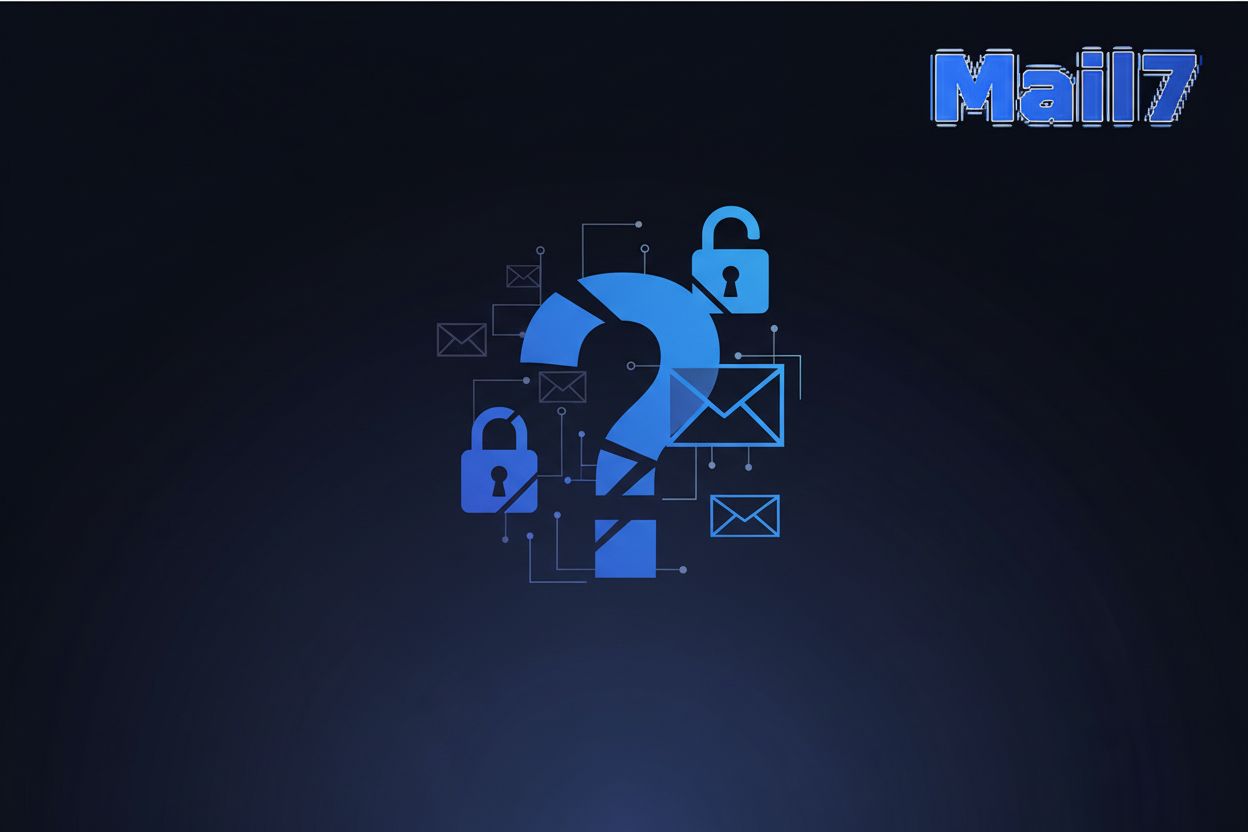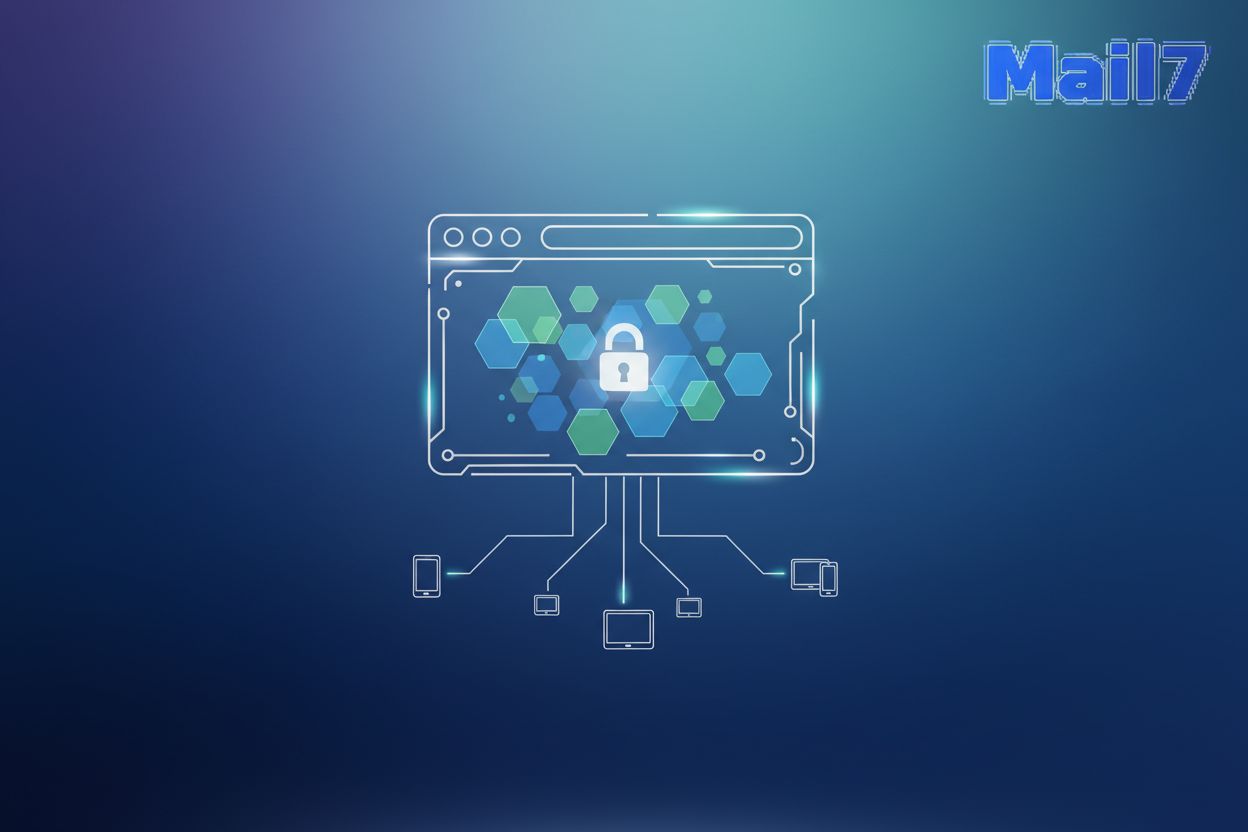How to Block Disposable Email Addresses Effectively
TL;DR
Understanding Disposable Email Addresses and Why Block Them
Disposable emails, ever heard of 'em? It's like a cloak of invisibility for your inbox.
- Think of 'em as temporary emails that vanish, poof! Also called DEAs, they let peeps sign up for stuff without handing over their main email address.
- They expire real quick, like after an hour, a day… gone! It's a handy way to dodge spam and protect yer inbox.
These emails can, uh, mess with your email marketing somethin' fierce!
- They can tank your click-through rates. (10 Tips on How to Improve Click-Through Rate (CTR) - SmartyAds)
- Plus, they hurt your sender reputation 'cause of all the bounces. (What are Bounced Emails? And How Can Senders Limit Them?)
So, yeah, blocking 'em is kinda important. Because these temporary emails can lead to inflated sign-up numbers, skewed analytics, and ultimately, wasted marketing efforts, it's crucial to have strategies in place to prevent them from cluttering your valuable subscriber list.
Real-Time Email Verification: Your First Line of Defense
Alright, so, disposable emails, right? They're sneaky little things, and blocking them can feel like a never-ending game of whack-a-mole. But it's a game you gotta play if you want a healthy email list.
Think of real-time email verification as your bouncer at the club – only instead of checking IDs, it's sussing out dodgy email addresses before they even get in. The goal is catch those temporary emails when they're first used, before they pollute your data.
- You're using an api that performs these checks. This isn't just a simple typo check; it's a sophisticated service that can identify a wide range of invalid or risky email addresses. It typically checks for:
- Syntax errors: Basic formatting issues.
- Domain validity: Does the domain actually exist and is it configured to receive emails?
- Mailbox existence: Does the specific email address exist on that domain? (This is often done through SMTP checks, but can be tricky and sometimes blocked by servers.)
- Known disposable email domains: The api maintains an up-to-date list of domains specifically designed for temporary email services. (Disposable Email Domains | Fake & temp domain list)
- Role-based emails: Sometimes, you might want to block generic addresses like "info@" or "support@" if they're not relevant to your signup process.
- Free email providers: While not always bad, some services might flag certain free email providers if they're commonly used for fraudulent signups.
- This process protects your sender reputation and ensures your campaigns are reaching real people, not just digital ghosts.
It can be a lifesaver for industries like, say, finance or healthcare, where data integrity is, uh, kinda important.
Next up, let's talk about a specific tool that's pretty handy for this.
Strategies for Blocking Disposable Emails
Okay, so, you're probably thinking, "Another list of things to do? Ugh." But hear me out. Think of this as leveling up your email game, not just another chore.
So, you could just create a blacklist of known disposable email domains. Works, right? Eh, kinda. The problem is, new domains pop up daily. It's like trying to catch water with a sieve.
- Imagine you're a small e-commerce business trying to run a contest. You put up a blacklist, feeling all secure and stuff, and then bam! A bunch of sign-ups from brand-new DEA domains you've never even seen before.
Then there's whitelisting. Sounds great in theory—only accept emails from pre-approved domains. But what about smaller, legit businesses or, like, that cool new startup everyone's talking about? You'd be blocking them too. Not a good look!
Whitelisting can backfire - excluding valid users if you're not careful.
Honestly, both of these approaches are kinda blunt instruments. You need something a little more... nuanced. This is where a combination of real-time verification and proactive list maintenance comes into play, offering a more sophisticated defense against disposable emails.
Up next, we'll get into some fancier techniques to deal with this mess.
Long-Term Email List Maintenance
Okay, so you've blocked the DEAs at the door – good job! But what about the ones that snuck in before you put up the bouncer? Time for some long-term maintenance, folks.
Think of your email list like a garden; weeds pop up, and if you don't pull 'em, they'll choke out the good stuff.
- Purge those invalid addresses regularly – aim for at least every six months. AbstractAPI recommends this frequency to prevents expired addresses from hurting your sender reputation.
- Use bulk email validation services; these tools let you upload your whole list and flag the bad emails. This is a great way to catch any DEAs that might have slipped through your real-time checks or were created before you implemented them.
- Email marketing with a clean list increases roi. A clean list means your messages are more likely to be delivered to engaged recipients, leading to higher open and click-through rates, and ultimately, a better return on your marketing investment.
Up next, let's figure out how to spot those subscribers who've ghosted you.
Building Trust and Reducing the Incentive to Use Disposable Emails
Building trust? It's not just a warm, fuzzy feeling; it's a real strategy.
- Be transparent. Tell users exactly how you're gonna use their data. No one likes surprises, especially when their info is involved. For example, clearly state in your privacy policy and signup forms what kind of emails they can expect and how their data will be used.
- Show, dont just tell!, you're secure. gdpr compliance badges, encryption assurances--make 'em visible. Displaying trust seals from reputable organizations, mentioning SSL encryption on your website, or having clear links to your privacy policy can reassure users.
- Provide real value. Think discounts, useful tips, or even just content that's worth reading. If they're getting something good, why hide? For instance, offer exclusive content, early access to sales, or helpful guides that genuinely benefit your subscribers. When users see tangible benefits, they're less likely to resort to temporary emails for a one-off signup.
Up next: How do you spot ghost subscribers?
Conclusion
Tired of those pesky disposable emails? Yeah, me too. Let's wrap this up, so you can get back to, uh, real work.
- Real-time verification catches 'em at the door.
- List cleaning is like weeding your garden, as AbstractAPI pointed out before, keep that list fresh!
- Building trust? It's your secret weapon.
Remember, managing your email list effectively is an ongoing process, not a one-time fix. By implementing these strategies, you're not just blocking disposable emails; you're building a more engaged audience and a stronger foundation for your email marketing success.






